
Right to Relief
Communities
Speak Out
Cambodia's microfinance over-indebtedness crisis is leading to human rights abuses. In 2020, the average microloan in Cambodia was $4,280 – the largest in the world. The average microloan was larger than 95% of Cambodians' incomes. There were 2.8 million microloans held across the country's 3.6 million households.
Desperate borrowers face immense pressure to repay these loans, many of which are collateralised with borrowers’ land titles. This project features the experiences of 14 communities who are affected by microloan debt and land conflicts. Click on the map below to read their stories, or read more about who we are and why we did this project.
Click on any of the filters in the box below to find out which communities are facing these problems.
Filter by unethical behaviours of credit officers
Aggressive collection practices • Pressured land sales • Threats • Encouraged use of private lenders • Fraud
Filter by negative consequences of microloans
Borrowing from private lenders • Eating less food • Selling possessions • Land sales • Child labour • Migration
Filter by reasons for borrowing
Repaying other debt • Healthcare • Building a house • Agriculture • Child's education
Click on community markers on the map to view their full profiles.
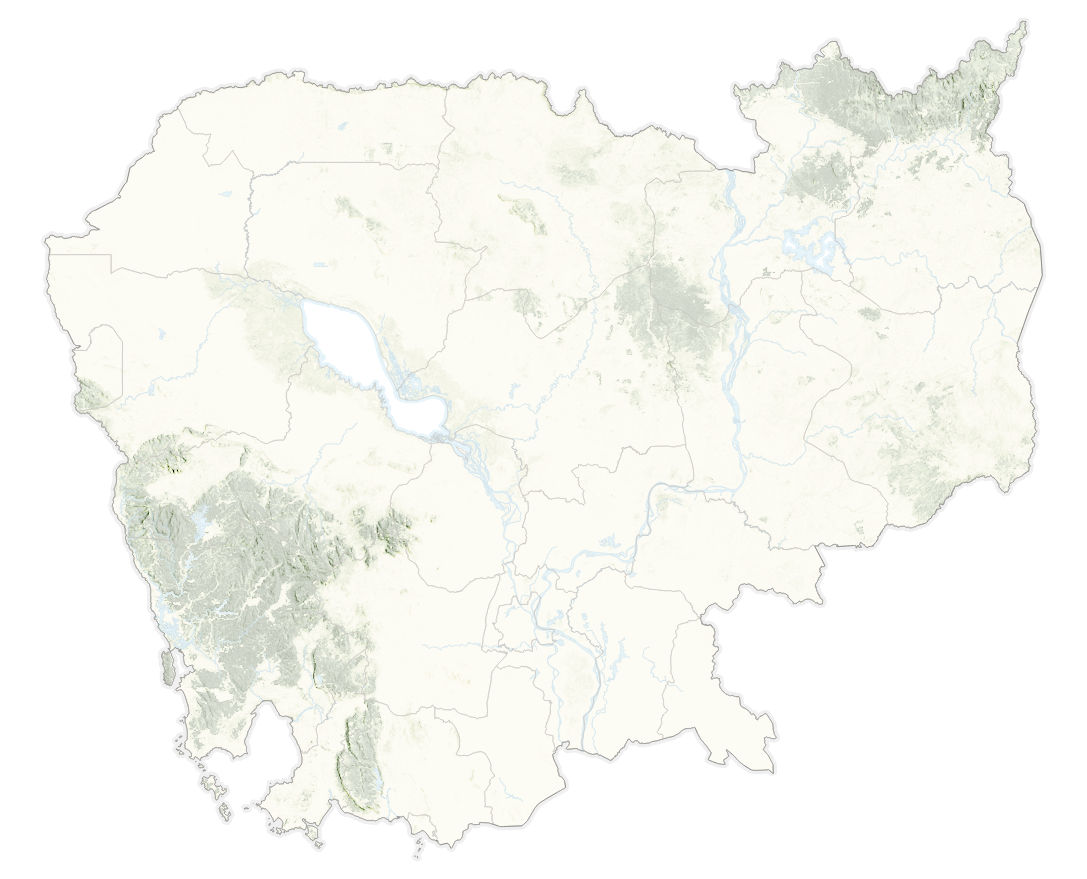
Number of Families
175
Start of Land Conflict
2006
Percent of Families with MFI Debt
80%
Average Loan Size
$5,000 USD
Sources of Income
Agriculture • Fishing • Animal husbandry • Migration • Construction worker • Garment worker • Day labour
Chi Kor Kraom Land Community has residents from six different villages across two districts in Koh Kong province. These villages used to rely on plentiful catches of fish and farmland to grow crops for sustenance and sale. Fish catches have fallen in recent years and weather changes have disrupted agricultural habits, severely affecting livelihoods. More than 60% of households now rely on at least one family member to migrate to work in Thailand or another province.
In 2006, Koh Kong Sugar, which is linked to Senator Ly Yong Phat, began clearing community members’ farms and homes, some of which already had crops planted. The loss of land led to a dramatic drop in incomes, children being pulled out of school, increased levels of domestic violence, and lasting psychological effects. After deciding to advocate as a community in 2007, they continuously campaigned and protested until 2017, when the company agreed to provide $2,500 per person, and, in 2018, granted 3 hectares of land to each household. This land needed to be cleared, requiring additional money. More than a dozen villagers faced another a land dispute in 2009 with tycoon Heng Huy. Villagers worry about their tenure security as they have not yet been granted hard titles for their homes.
Quotes from the community
Known microloan lenders in community
Reasons for Borrowing
Agriculture • Build a house • Business • Buy a motorbike • Child’s education • Clear land • Healthcare • Repay other debt
More than 80% of families are estimated to have MFI debts, with many also holding loans from private, informal lenders. At least half of the households have sold land to repay their microfinance debts. This land was given to the villagers as part of a compensation package to resolve the land dispute. The “overwhelming” amount of debt has resulted in villagers being overworked, labouring through sickness without rest. They had to reduce their food intake to save for repayments, or borrow more money to repay old debts. Villagers said the “fear” created by credit officers in the community meant that children as young as 12 were pulled out of school and made to work to help their families repay MFI debts.
Phav Nherng, Chi Khor Kraom community representative
Unethical Behaviours of Credit Officers
Aggressive collection practices • Aggressive lending practices • Keep land titles after repayment • Pressured land sales
Negative Consequences of Microloans
Additional work • Borrow from MFIs • Borrow from private lenders • Child labour • Children leave school • Eat less food • Family tensions • Land sales • Migration • Sell possessions • Trouble sleeping
Microloan providers and their international investors, including many of Europe’s and the United States’ largest development banks, have a moral obligation to address human rights abuses and provide proper remedy and redress. Cambodian borrowers must have the right to relief, or else they will continue to face debt-driven hunger, child labour, migration, coerced land sales, and many other human rights abuses raised as part of this project.
Equitable Cambodia (EC) and the Cambodian League for the Promotion and Defense of Human Rights (LICADHO) are human rights NGOs registered in Cambodia. Both organisations are dedicated to amplifying the voices of grassroots communities and highlighting human rights abuses perpetrated by private and public actors in Cambodia.
This project is based on the principles of community-based research, where community members play an active role in producing knowledge and act as co-researchers. Information was gathered from both focus-group discussions with community members as well as individual interviews. All the information in this report comes from discussions with community members and was verified with community representatives. This project is not meant as the only true source of information about microloans, but rather is meant to accurately reflect the lived experiences of community members. Many of these issues have been raised before in previous reports issued by human rights NGOs in Cambodia.
Many Cambodians are drowning in microloan debt, which is leading to drastic and serious human rights violations across the country, and many people are suffering in silence. To quote one community representative who participated in this project: “I’m happy that our sadness is finally being publicised. We have kept it hidden for so long. The way [the MFIs] act is the opposite of the way they speak. Debt is the biggest problem faced by communities across the country.”
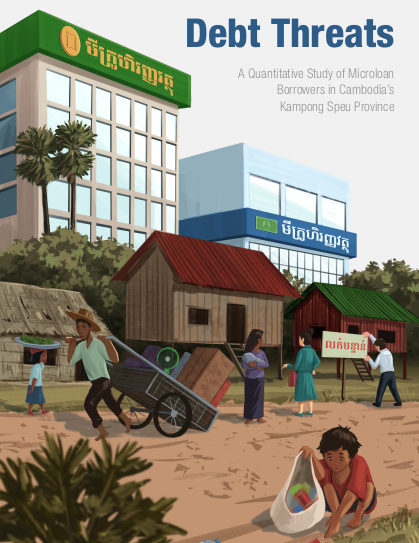
Debt Threats: A Quantitative Study of Microloan Borrowers in Cambodia’s Kampong Speu Province
Released in August 2023
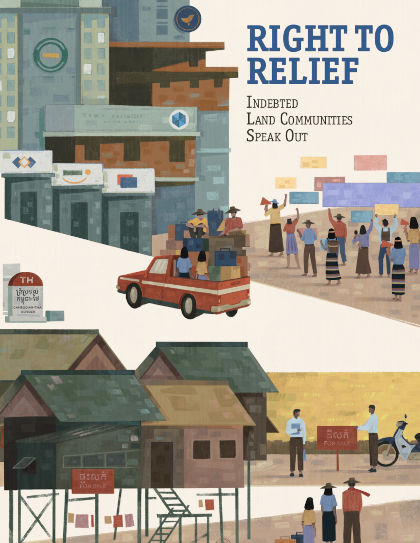
Right to Relief: Indebted Land Communities Speak Out
Released in June 2021
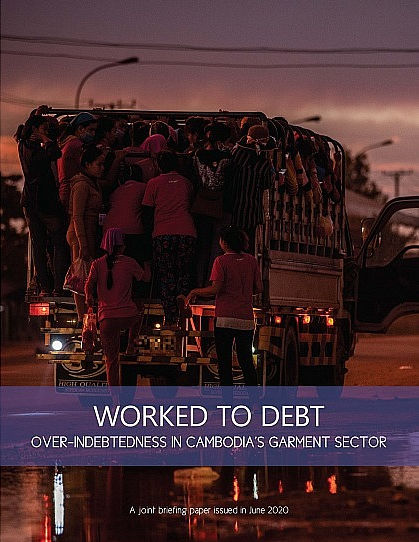
Worked to Debt: Over-Indebtedness in Cambodia's Garment Sector
Released in June 2020
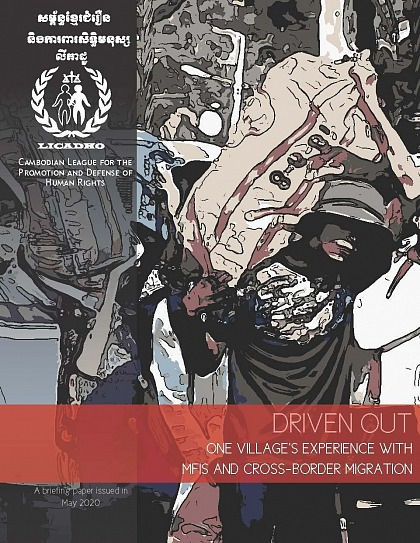
Driven Out: One Village's Experience with MFIs and Cross-Border Migration
Released in May 2020
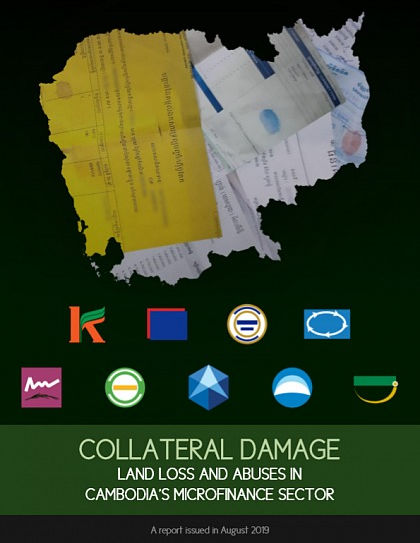
Collateral Damage: Land Loss and Abuses in Cambodia's Microfinance Sector
Released in August 2019